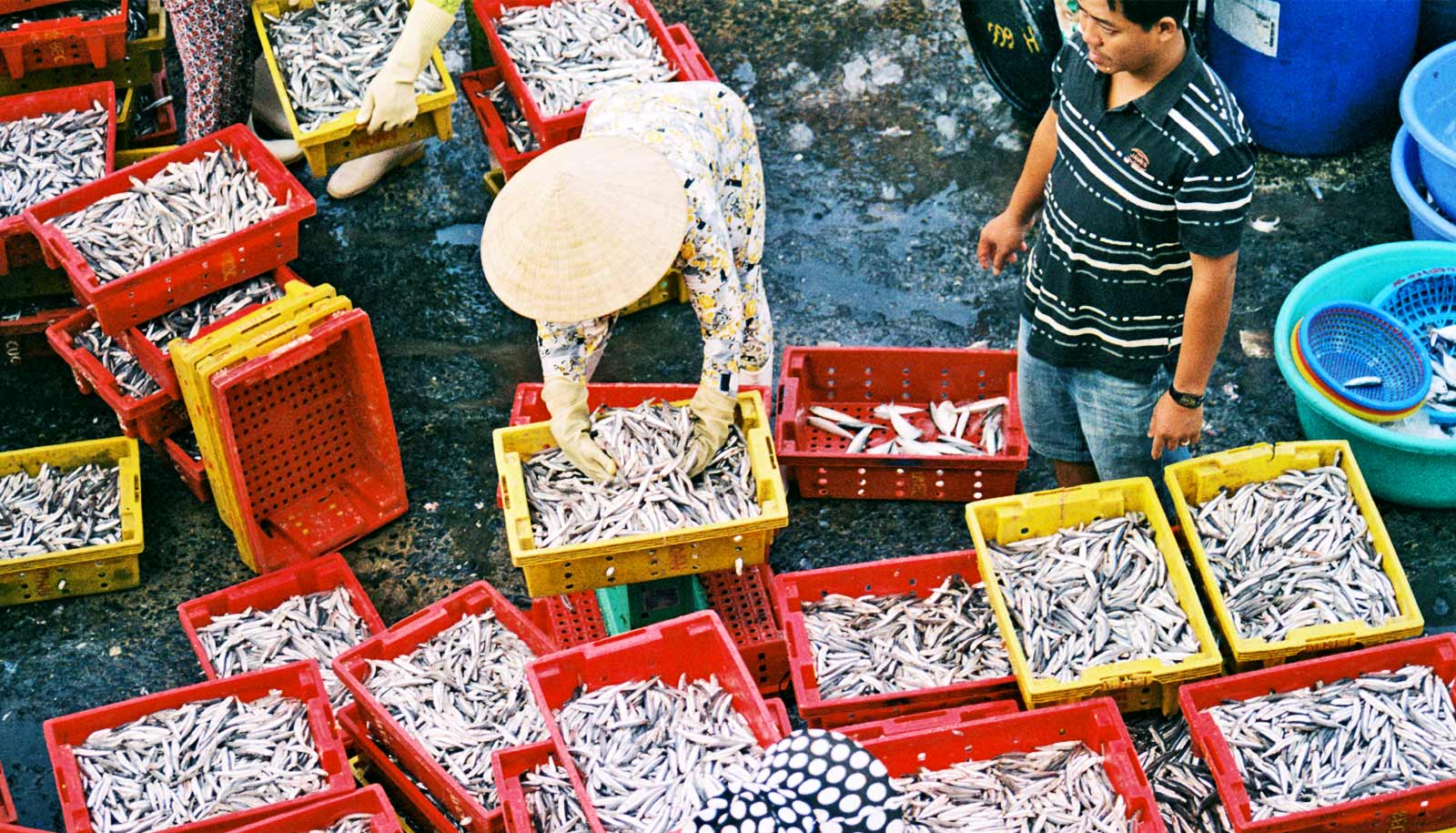Policies that recognize the value of sustainable fish as a source of nutrition, not just a source of livelihoods, could strengthen global food security and help take a big bite out of world hunger, a new analysis shows.
“Fish have been an important source of food for humans for millennia, but seafood production and fisheries management are inexplicably still not viewed as key parts of global policies to fight hunger and promote food security,” says John Virdin, director of the Oceans and Coastal Policy Program at Duke University’s Nicholas Institute for Environmental Policy Solutions.
“This needs to change, especially as food systems worldwide face increasing threats from climate change and the global development community falls further behind in meeting its goals.”
The UN Food and Agriculture Organization estimates the number of malnourished people worldwide will increase from 678 million in 2018 to 841 million in 2030 if current trends continue.
“Fish offer a critical source of nutrition unparalleled by any other type of food, and often are the only source of key nutrients for vulnerable populations around the world.”
Fish, which already account for 17% of the animal protein consumed globally, could help meet this growing need, yet current food policies and funding priorities show little recognition of this, the authors of the new paper in the journal Ambio argue.
The United Nations’ Sustainable Development Goal #2, “Zero Hunger,” doesn’t even mention fisheries or aquaculture, and both are also largely absent from the funding priorities of the World Bank and other international development organizations.
“This is a huge oversight, as fish offer a critical source of nutrition unparalleled by any other type of food, and often are the only source of key nutrients for vulnerable populations around the world,” says Kristin Kleisner, lead senior scientist for the Environmental Defense Fund’s Oceans program.
Reframing fisheries and aquaculture as important but underutilized sources of high-quality nutrition could spur increased investment in them by governments and funding agencies, says Xavier Basurto, associate professor of sustainability science at Duke’s Nicholas School of the Environment.
It could also shift fisheries management priorities “from producing maximum sustainable yields to managing for optimal nutritional yield,” he says.
The new paper identifies four actions needed to drive this transition. They are:
- Improve metrics. There currently is a paucity of metrics to assess and communicate the contributions of fish to food and nutrition security. Governments and researchers should collaborate to develop better tools to raise the profile of fish in broader food and nutrition security policies and investment priorities.
- Promote nutrition-sensitive fish food systems. Current management regimes emphasize the maximum sustainable yield for a given fishery. Managing for optimal nutritional yield, instead, would focus on not just rebuilding and conserving fish populations—an important goal in and of itself—but also on sustainably managing nutrient-rich fisheries.
- Govern distribution. Although fish is one of the most traded food commodities in the world, there’s limited information about its distribution and links to nutrition security. Filling these gaps is essential, as is promoting an equitable distribution of capital and property rights in a way that creates a more level playing field for small-scale fisheries and recognizes the often overlooked role women play in the fishing and aquaculture sectors.
- Situate fish in a food systems framework. Policymakers need the tools to conceptualize fishing and aquaculture as components of the food systems framework. A “fish as food” framing requires a better understanding of the connections among fish production and distribution, terrestrial agriculture, and planetary health.
Additional coauthors are from Harvard University, Michigan State, Duke, the World Bank, and the Environmental Defense Fund.
Source: Duke University



